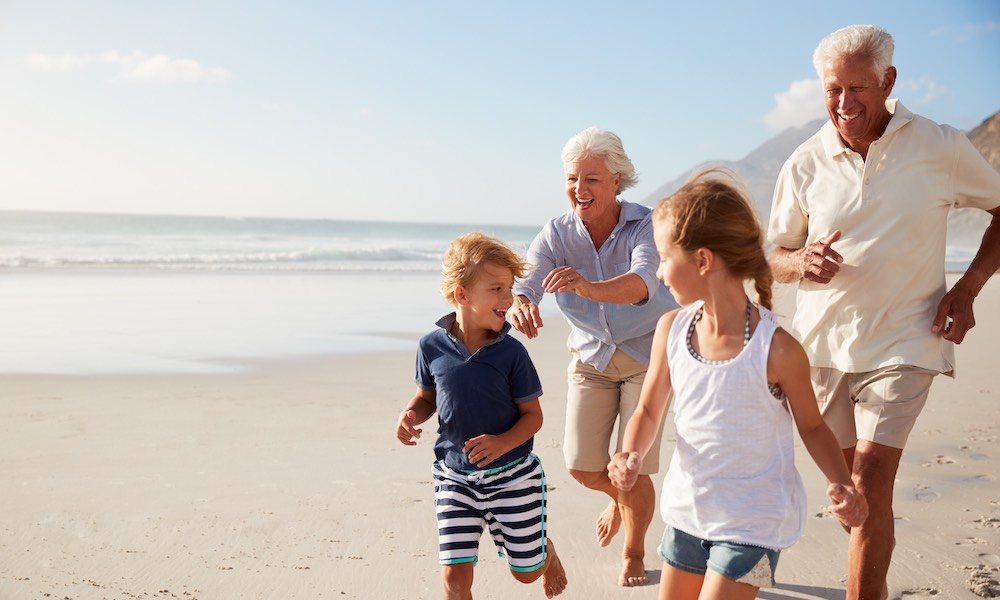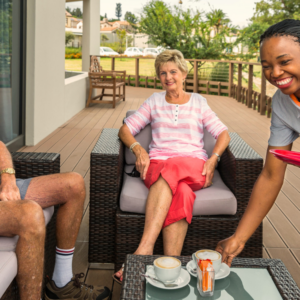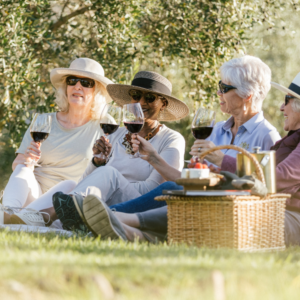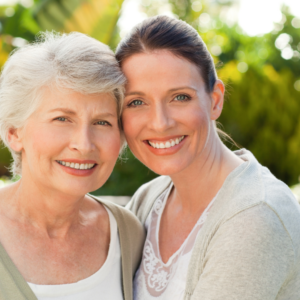
5 hot weather safety tips for seniors
Summer’s here and it’s time to get out and enjoy the sunshine! But, before you head into the garden, walk your dog in the park or take the grandkids to the beach, here are some health-saving tips to bear in mind.
1. Drink up
As we get older, we tend to notice our thirst less, which puts us at a greater risk of becoming dehydrated. As Mayo Clinic explains, “Thirst isn’t always a reliable early indicator of the body’s need for water. Many people, particularly older adults, don’t feel thirsty until they’re already dehydrated.” It’s imperative therefore that you keep track of the liquids you consume each day. If your memory isn’t what it used to be, jot down your intake on a notepad or your phone. And when you’re out and about, take a water bottle along and sip as you go. While water is always your best option, you can include fruit juice as part of your daily consumption. Just remember though that caffeinated drinks don’t count as they cause increased urination, which means less water in your body.
2. Dress appropriately
During the hot weather months, try to wear cool, comfortable clothing that allows your skin to breathe and covers as much of it as possible. Keeping your face well protected is also key and CANSA recommends wearing “thickly-woven fabric hats with broad brims” and avoiding “caps and hats the leave the neck and ears exposed.”
3. Get covered
Remember to slather those parts of your body that aren’t covered by your clothing with a decent layer of sunscreen. CANSA recommends using, “sunscreen with SPF 20–50. Preferably 30–50 for fair to very fair skin,” and applying it “generously every 2–3 hours.”
4. Plan well
To avoid putting yourself at risk of dehydration and sunburn, only plan to be outdoors during the cooler hours of the day. CANSA recommends that you “Avoid direct sunlight between 10am and 3pm when the sun’s rays are most dangerous.”So, leave walking your dog, gardening and other outside activities to early morning or late afternoon and use the time in between to catch up on emails, run errands, read or, if you’re a resident at an Evergreen Lifestyle Village, to meet a friend or neighbour for coffee at the Lifestyle Centre or to join a regular card game.
5. Know the symptoms
Knowledge is power and when it comes to dehydration and heat stroke, knowing what to watch out for can empower you to take the right action if required. Here’s what the Mayo Clinic lists as the symptoms of dehydration and heatstroke.
Dehydration
- Extreme thirst
- Less frequent urination
- Dark-coloured urine
- Fatigue
- Dizziness
- Confusion
Heatstroke
- High body temperature
- Altered mental state or behaviour
- Alteration in sweating
- Nausea and vomiting
- Flushed skin
- Rapid breathing
- Racing heart rate
- Headache
If you experience some or all of these symptoms, seek medical help immediately.



